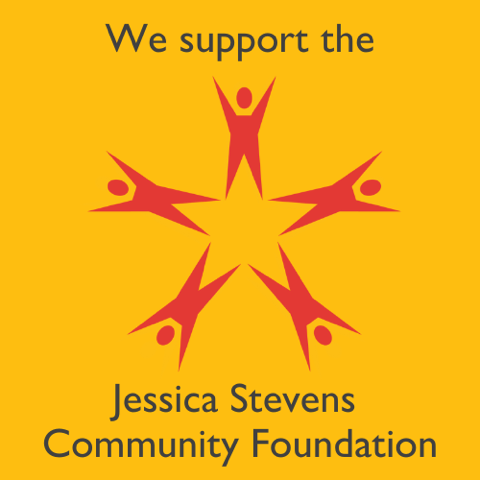I often joke that my job as a yoga teacher is to shoot down all of my students excuses for not practicing. You know the ones…not enough time, not enough space, too tired, no mat, the dog/cat/kid/spouse is distracting me…
In Sutra 2.1 of the Yoga Sutras, Patanjali offers a clear method for practice, Kriya Yoga. If you’re familiar with the eight limbs of yoga, you’ll recognize three of the niyamas (personal practices – the second limb of yoga) listed in Sutra 2.1
Kriya Yoga, the path of action, consists of discipline, self study, and faith
Tapah svadhyaya isvara-pranidhana kriya yoga
Sanskrit, the language of yoga, is concise. As such, we often need multiple words or phrases to capture the meaning of a single sanskrit word. For example, Tapas is often translated as discipline or heat. In our culture, discipline is often punitive. In the context of yoga and the sutras discipline should be enthusiastic, self directed, and for positive change. Svadyaya or self study is achieved through observation, and study of the texts. It is also helpful to find a trusted teacher or guide. Finally isvara-pranidhana, literally translates as surrender to the Divine. Implied in that meaning is surrendering from a place of fullness and having faith in something bigger than oneself.
To me, the beauty of Sutra 2.1 is that it gives us a “plan of action”. Yoga is not a passive practice. There’s a reason you’ve chosen to study yoga. Perhaps you’ve already realized that the richness of yoga and its teachings go deeper than the postures. As our practice develops, it is inevitable that we will encounter obstacles. The tools of Kriya Yoga help us navigate these stumbling blocks and keep us on the path. If you keep reading the second chapter of the Sutras, you’ll find a list of the five kleshas or obstacles. They are lack of knowledge, an over or under developed ego, attachment, aversion, and fear. Check out this previous post for more info on the kleshas.

